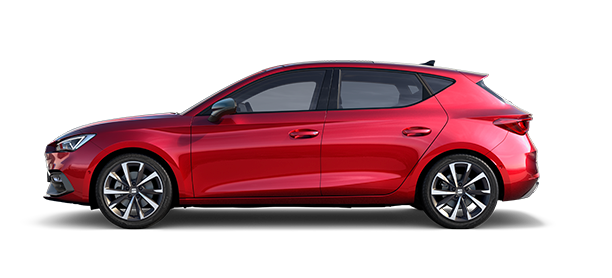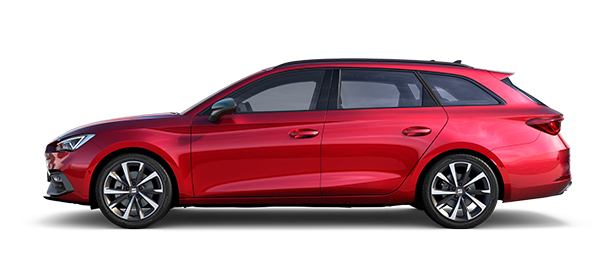The automotive sector is experiencing a constant revolution that goes from electric mobility to digitalisation, but there is still a special moment at the time of buying a vehicle that has not changed - when people choose the colour of their future car. But what lies behind a choice that thousands of customers make every day all over the world?
White tops the list
According to data by Axalta Coating Systems it is the most popular colour in the world. 39% of car owners prefer this colour, which tops the list for the seventh consecutive year. Their figures are in line with SEAT's, whose customers widely prefer the colour white.
But its predominance differs according to region. In Asia, for example, this colour is all the rage. Six out of every ten cars sold in China are white. On the other hand, in Europe and the United States its share amounts to around 25%, according to Axalta.
White is the most popular car colour worldwide, followed by black and grey.
In the case of SEAT, the colour white also dominates in the brand's ten major markets with the exception of the Netherlands, where grey and black are the most popular. The largest share of white cars in SEAT's main markets can be seen in Spain, with 45% of sales.
“It's a clean, versatile colour that reflects sunlight in bright, warm countries, similar to the houses on Mediterranean islands, whose whitewashed exteriors provide greater interior comfort", explains Jordi Font, from SEAT's Color&Trim department.
Black and grey come next
Black is the second most popular colour worldwide, with a 16% share. But again the differences by country are quite significant. 22% of all cars in Japan are black, while in India hardly any can be found, partly because people believe the colour concentrates more heat. Black SEAT cars are especially popular in Algeria and the Netherlands. On the contrary, it goes down to sixth place on the list in Mexico. And on a curious note, it is a colour that is officially forbidden in Turkmenistan as it is associated with bad luck.
Climate and superstitions influence colour choices.
In the case of grey, 11% of customers worldwide choose it, and it ties with silver, according to Axalta. Silver is also especially popular in India, with a 30% share, whereas only 6% of Chinese customers have a car this colour. For SEAT, grey is the second most popular colour in countries such as Germany, Spain, the UK, France, Italy, Austria and Switzerland.
“Several factors explain the differences among regions, from climate and colours that are associated with good or bad luck to countries where cars are still considered a status symbol and therefore customers choose more elegant colours. This is why we design elaborate formulations to so customers can choose the perfect colour to suit their lifestyle. We mustn't forget that the order customers follow when choosing a car is model and colour”, says Jordi.
Mediterranean red
Further down the ranking, the specifics of each region are even more apparent. For example, in Europe and the United States, the colour blue has a prominent place, with a 10% share, while in China it is practically nowhere to be found.
Mediterranean countries prefer brighter colours. In Spain, red is the third most popular colour among SEAT customers; it comes in fourth place in Italy and sixth in markets such as Switzerland.
By segments
ut geography is not the only influencing factor - another aspect to consider is the type of car. “A sporty model won't have the same colour palette as an SUV, which requires earthy tones and other shades better suited to nature. Small cars can have single bright colours, while larger vehicles tend towards dark metallic tones”, says Jordi. For example, 34% of luxury SUVs in Europe are black, while the figure goes down by half in the case of compact cars. On the other hand, only 3% of luxury SUV owners choose red, which increases to 10% in the case of compacts.
A multitude of personal preferences, but a common sentiment: choosing the colour that best suits each driver. “Design is a deciding factor when it comes to choosing a model, and this is where colours and materials play an essential role. We can't forget that colour choice is extremely personal and it expresses how people want to be seen by others. And I'd even say that the future will be characterised by personalising options even further, as in the case of the Arona, which is available in 68 different colour combinations”, concludes Jordi.







